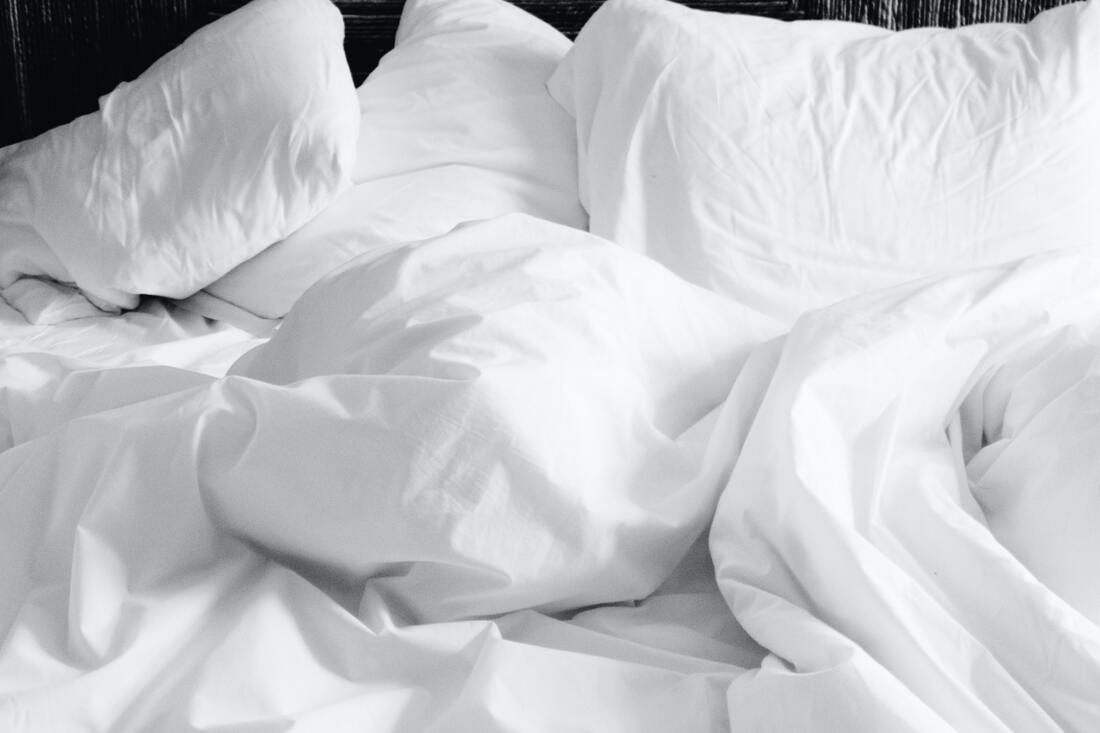|
By: O. Lotufo Lucid Dreaming is an exceptional phenomenon, with many longing for the ability to be conscious within their dreams, as well be able to control it. Even though research has shown that 55% of adults have experienced at least one lucid dream within their lifetime, the skill to do so on command is not that common; frequent lucid dreamers assert that this skill comes with persistent practice, time and dedication. Yet, through innovative technology, the effortless induction of such dreams might have finally become a reality.
For quite some time, scientists have been studying ways in which to trigger lucid dreams, and possible methods of making this commercially available. Investigation has proven that, to firstly make this possible, rapid eye movement (REM) sleep – the phase typically associated with dreaming – has to be detected. The next step is providing stimuli to the unconscious brain; these serve as sensory prompts, and can range from visual, auditory, tactile, or even electrical stimuli. This is necessary to “awaken” the sleeper, and activate consciousness, all whilst they are still asleep. The first major device invented with the purpose of inducing lucid dreams was the NovaDreamer, initially published in 1993 and discontinued in 2004. The mask-like gadget works by detecting when users enter the REM phase, and then reminding them to become lucid through flashing lights or beeping sound cues. The Lucidity Institute, which oversaw the NovaDreamer, says that these stimuli are similar to when outside disturbances – such as alarm clocks, telephones, and other noises – become a part of one’s dream, as many have experienced. Zmax is a more recent device, being the most reliable one currently available, with a 55% chance of success of inducing lucid dreams in research conditions. It has been used by research facilities all over the world, including leading organizations such as: Harvard, Stanford, Oxford, Penn, Johns Hopkins, MIT, amongst many others. The device also counts with light stimuli, and an EEG reading of brain waves (which fundamentally detects electrical activity and abnormalities in your brain) to provoke lucid dreaming. However, its high price point makes it unaffordable for average consumers, and in normal, non-research conditions, Zmax only has a success rate of 15-20%. Other, more affordable and commercialized devices, include the Neuroon Open and iBand Plus. Both products are user friendly and have apps in which users can track their sleeping cycle and write down their dreams; they also assure the product will better costumers’ sleeping experience and induce lucid dreams. Likewise, Remee is a device which uses flashing lights as stimuli for consciousness within sleepers’ dreams. However, multiple users have criticized Remee and other devices, stating they do not live up to their promises, are uncomfortable to wear, the stimuli cause multiple awakenings, and some even complaining that they trigger sleep paralysis. With an increase in different devices reaching the commercial market – all of which promise the induction of lucid dreams – the concern is that these are deceiving customers into buying products which don’t actually work. In addition, when looking at whether lucid dreams should be “unnaturally” induced through devices and technology, there is some disagreement. Carl Jung, a swiss psychiatrist (1875-1961), believed that the dream was a reflection of unconscious thoughts and “far beyond what a conscious ego [“focus point” of awareness] could ever reach”. This, therefore, is the base for the belief that dreams should not be interfered with, and that lucidity hinders their naturalness and sincerity. However, others argue that Jung would’ve supported these studies due to his “active imagination” method – in which the conscious and unconscious minds are combined and mixed – as done within lucid dreams. Furthermore, research has shown that being “awake” in your dream, as well as in control of it, might help with recurring nightmares and post-traumatic stress disorder. Being able to induce lucid dreams from the comforts of your own bed, through the use of trustworthy and affordable technological sleeping masks, is currently not possible. However, with new scientific discoveries every day, and multiple research facilities investing in the exploration of lucid dreams, the creation of these devices might be closer than expected. https://www.wired.co.uk/article/lucid-dreaming-tech https://www.frontiersin.org/articles/10.3389/fnins.2019.00428/full http://lucidity.com/NovaDreamerMan.html
0 Comments
Your comment will be posted after it is approved.
Leave a Reply. |

